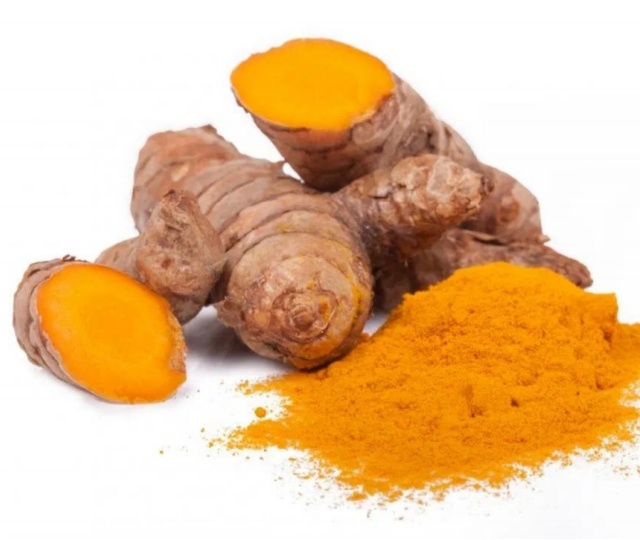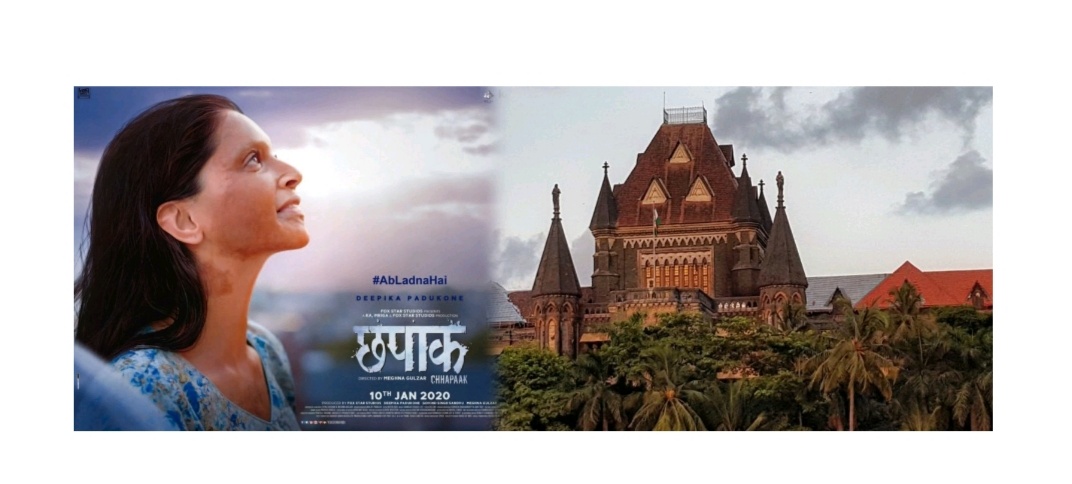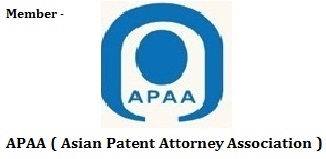This is the great achievement for India is among the top 10 countries for scientific research, according to data released by Elsevier, a publisher of scientific articles and journals. But the papers released by India are the least cited among these top countries, the data shows. Intelligence report, which was compiled earlier this year,
places India in the fifth position for scientific research, while also noting that the country has shown a continuous rise in the past few years. United States in the top spot, with China, Britain and Germany placed above India. Japan, France, Italy, Canada and Australia make up the top 10 in that order.

As per report finalised by collating data from institutions and speaking to academic experts. It is for the years between 2014 and 2017. The publisher maintains a database on research from across the world that is globally accepted. The Indian government uses it as one of the sources to calculate its research rankings.
As per Elsevier report noted that even though the number of publications is high, the citation per publication for India is the least among the top 10 countries. According to the Elsevier data, the number of citations per publication in India is 3. The report states that Britain and Australia have the highest number of citations at
6.1. They are followed by Canada at 6, Germany at 5.9, the US and Italy at 5.8, France at 5.6 and Japan and China at 4.1. The number of citations per publication shows the number of times a research paper has been cited in another research. They indicate the quality of the research. The Indian government, however, feels that this should
not take away from the main findings. “The average citation per paper of 3 is supposed to be very good. Only a few countries are above India in terms of research productivity,” a senior official at the Human Resource Development ministry. “In fact, this is quite credible for a young nation of 70 years. The good thing is it is
rapidly increasing.”
Research dominated by life sciences,
engineering, medicine
Between 2014 and 2017, India produced 5,64,369 publications in various subjects, 16.7 per cent (about 94,249) of which were published in the top journals in the world, the Elsevier report said. There was international collaboration in 16.2 per cent of the total publications, it adds. The most amount of research in this period was carried out in engineering (14.4 per cent), followed by medicine (10.6 per cent) and computer science (10.3 per cent), according to the Elsevier data. The least amount of research in this period was recorded in social sciences (close to 2 per cent), the report said. IISc, Bengaluru, the IITs in Mumbai, Chennai, Kharagpur, Delhi, Roorkee and
Kanpur and the University of Delhi are among the top institutes for research in India, according to the HRD Ministry.
Researchers take issue with metric used
Those working in the field, however, cautioned against reading too much into the report due to the metric used. Aniket Sule, a scientist at the Mumbai-based Homi Bhabha Centre for Science Education, said that the bulk of the research from India isn’t up to the mark. “Good research, which is happening at the Indian Institute of
Science, the IISERs, IITs, central universities and other institutions, doesn’t form the majority of the research,” Sule said.
“The bulk of the papers are coming from state universities where teachers are publishing just for the sake of it, and 90 per cent of those papers are junk.” Rahul Siddharthan, a computational biologist at the Chennai-based Institute of Mathematical Sciences, questioned the use of citations as a measure of quality. “Research in India is a very complex subject. Using citations as a matrix is problematic because you have to consider many things like what was the reason behind the publication being cited,” Siddharthan said. “Sometimes the research can be very good but not many people have cited it, sometimes the research could be bad but people are citing it because they want to correct it.” ( source the print ).
A big breakthrough in the field of cancer treatment! Kerala’s iconic Sree Chitra
Tirunal Institute of Medical Sciences and Technology (SCTIMST) in
Thiruvananthapuram has won a US patent for developing turmeric-based
curcumin fibrin wafer for cancer treatment! Experts are of the view that this

turmeric-based fibrin wafer is bound to be a game-changer in the field of cancer
treatment.
According to a TOI report, the treatment involves extracting a
molecule from turmeric and directly delivering it to the affected cells. Notably,
the research by Sree Chitra Tirunal Institute was funded by the Indian Council
for Medical Research.
Turmeric, known for its health benefits, has a chemical compound known as
curcumin.
Curcumin can easily be absorbed in the body and has proven
properties to fight cancer, the Times of India report quoted SCTIMST head and
lead researcher, Dr Lissy Krishnan, as saying. The Week cites that for a long
time, researchers have been trying to develop cancer treatment using these
- properties of turmeric, but it has not been possible to look into chemotherapy
using curcumin as the molecule is water-insoluble.In a significant development, SCTIMST research has been focused on
developing a delivery system through which the curcumin could directly be
planted in the affected cells instead of using oral or intravenous methods. This
would enable the molecule to target cancer cells while sparing the healthy cells
in the surrounding.
The delivery system devised by SCTIMST includes processing curcumin to
form a wafer configuration. As per The Week, this wafer would consist of
freeze-dried curcumin and human blood proteins fibrinogen and albumin. When
released in the body tissues, the albumin present in fibrin clot would bind the
albumin receptors to the cancer cells, allowing the entry of curcumin into the
tissue. Meanwhile, the fibrin clot would be broken down as a result of the
body’s natural mechanism, without any harmful effects.
The TOI report has also quoted SCTIMST director Asha Kishore as saying that
the aim is to implant the wafer after surgically removing the cancer tissue, so as
to kill any remaining cancer cells that could cause the disease to reoccur or
spread to other parts. The SCTIMST is now ready for transferring the
technology for further development of curcumin as a cancer treatment, Kishore
said, adding that the US patent would help in boosting the industry’s confidence
in their research.
Get live Stock Prices from BSE and NSE and latest NAV, portfolio of Mutual
Funds, calculate your tax by Income Tax Calculator, know market’s Top
Gainers, Top Losers & Best Equity Funds. Like us on Facebook and follow us
on Twitter.( Source Financial Express ) .


Hindustan Unilever (HUL), which owns the brand Pureit, has won a pre-grant opposition against Tata Chemicals, which sells water purifiers under the brand Tata Swach. The patent office rejected Tata Chemicals’ application for an invention related to a water purifier based on the pre-grant opposition filed by HUL.
In 2012, Tata Chemicals was successful at the Intellectual Property Appellate Board (IPAB) in revoking one of HUL’s patents related to water purifier.
In the latest round, Tata Chemicals along with Tata Consultancy Services, had filed a patent application on July 8, 2008, for the invention titled ‘A Water Purifier’. And, HUL filed a pre-grant opposition under the Patents Act 1970 on January 13, 2011.
Based on the argument from both sides and documents submitted by the companies, the assistant controller of patents & designs, Delhi, in an order dated January 2, 2020, held that the claims lack inventive steps under certain sections of the Act.
The controller accepted HUL’s pre-grant representation. The order also observed that the invention is obvious to a person skilled in that particular technology.
Legal sources said that the assistant controller refused Tata Chemicals’ patent application. This was in view of a prior art (information/document already known) which Tata Chemicals depended on to get the HUL’s patent revoked earlier. The patent officer also relied extensively on the observations of the IPAB in the order which rejected the patent of HUL.
IPAB, in its order in 2012, had said that the technology used by Pureit was not new.
“Also, the expert evidence used by Tatas against HUL, in the earlier case, was used to hold the Tata invention as obvious,” said S Majumdar of S Majumdar & Company, who appeared for HUL in the pre-grant opposition. Essenese Obhan, of Obhan & Associates appeared for Tata Chemicals.
Tata Chemicals, in its patent specification filed with the patent office, had said that there is a need for a water purification device that is simple, a gravity-driven one that is inexpensive, easy to use and effective in removing bacterial contamination from drinking water.
The invention claimed by Tata Chemicals include a water purifier which could be connected to a water storage vessel, and having two chambers and purification materials for improved efficacy.
The pre-grant opposition was considered primarily on HUL’s grounds that the invention has prior claiming and lacks inventive step. HUL argued that the features of the alleged invention are present in the documents available.
The patent dispute between the water purifier manufacturers has been going on for several years now. Earlier, another patent of HUL, for ‘a gravity-fed water purification system,’ was revoked by the patent office in 2012. This was done based on a petition filed by Eureka Forbes, part of the Shapoorji Pallonji Group.
According to a report by TechSciResearch, India’s residential water purifier market was valued at $391.4 million in 2019. It is expected to grow at a compound annual growth rate of 13.3 per cent to touch $818 million by 2024. This will be possible owing to the growing concerns on water-borne diseases, increasing water pollution, and rising disposable income. ( source – Business Standards ) .

The Bombay High Court on Wednesday cleared way for January 10 release of Deepika Padukone starrer movie ‘Chhapaak’. The Court, however, kept all contentions of alleged copyright infringement open and to be heard after the release.
A Single Judge Bench of Justice SC Gupte was hearing copyright infringement plea filed by one, Rakesh Bharti seeking interim stay on the release of movie.
The Court said that no can an claim copyright on a story inspired from true events or incidents. Justice Gupte observed,
“Prima facie, it is impossible to grant ad-interim injunction on the facts presented. If your story is equally inspired from theirs which you have derived from common source, in that case you cannot say it is a Copyright infringement.”
Advocate Girish Godbole, on instructions from the plaintiff present in the Court on Wednesday, submitted that he does not wish to press for ad-interim relief to stall the January 10 release.
However, advocate Godbole requested that liberty be granted to press for relief after the movie is released and script is in public domain.
Granting liberty to the plaintiff to raise his contentions later, the Court has asked the parties to file reply if any within four weeks.The plaintiff, Rakesh Bharti had sought perpetual injunction, claiming that he had conceived the idea for a movie, tentatively titled Black Day, which he got registered with the Indian Motion Pictures Producers’ Association in February 2015.
Bharti submitted that the entire story written by the him was based on the life of acid attack survivor, Laxmi Agarwal. Accordingly, he also told the Court that he had taken necessary NOC from Agarwal for the purpose of producing the said film. It was claimed by Bharti that he had an intention to produce Hindi feature film alongwith his son on the basis of same story.
He submitted that he has been working on the script and approaching several artists and producers including Fox Star Studio for narration.
Meghna Gulzar, however opposed the plea, contending that copyright cannot be claimed on true life events. Meghna Gulzar had sought the dismissal of the interim application.
In an affidavit submitted on Tuesday, Gulzar submitted,
“In the present case, the plaintiff (Bharti) has sought the protection of an idea of a film based on the story of an acid attack survivor Laxmi Agarwal…True facts and events are not entitled to copyright protection.”
It was further contended,
“The suit was wholly misconceived, frivolous, legally untenable and unmeritorious…I submit that plaintiff has not conducted himself in a bonafide manner. Moreover, the suit has been filed with ulterior motives to gain undue publicity and to obstruct and delay the release of the film called Chhapaak.”
The affidavit was filed by Meghna Gulzar through advocates Ameet Naik and Madhu Gadodia of Naik Naik and Company.
It was submitted on Tuesday that script of the film Chhapaak is original and is based on the life of an acid attack survivor.
Counsels of the defendant Film Director argued,
Meghna Gulzar the co-writer and director of the film, had obtained the necessary rights and developed a story and screenplay which was unique and original and based on the research and interviews conducted by her and her team.
Meghna Gulzar added that plaintiff’s conduct is demonstrative of gross, inordinate and unexplained delay and laches, on which could alone the plaint ought to be dismissed. Advocate Birendra Saraf appeared for Gulzar.
The Court has posted the matter for further hearing after six weeks. ( source – barandbench)
As per Section 52 of the Copyright Act ,1957 provides for various acts which do not amount to infringement of Copyright like fair comment, use as part of reporting on current news etc.






